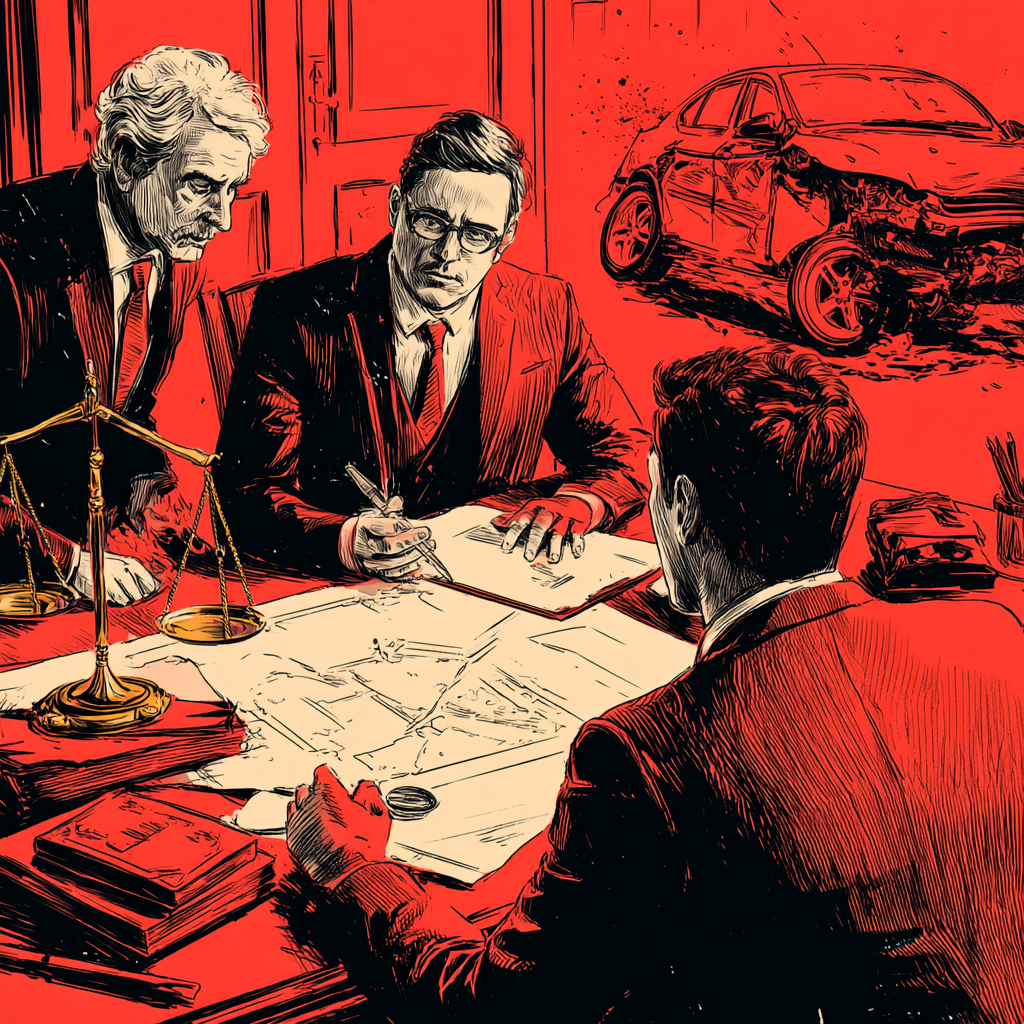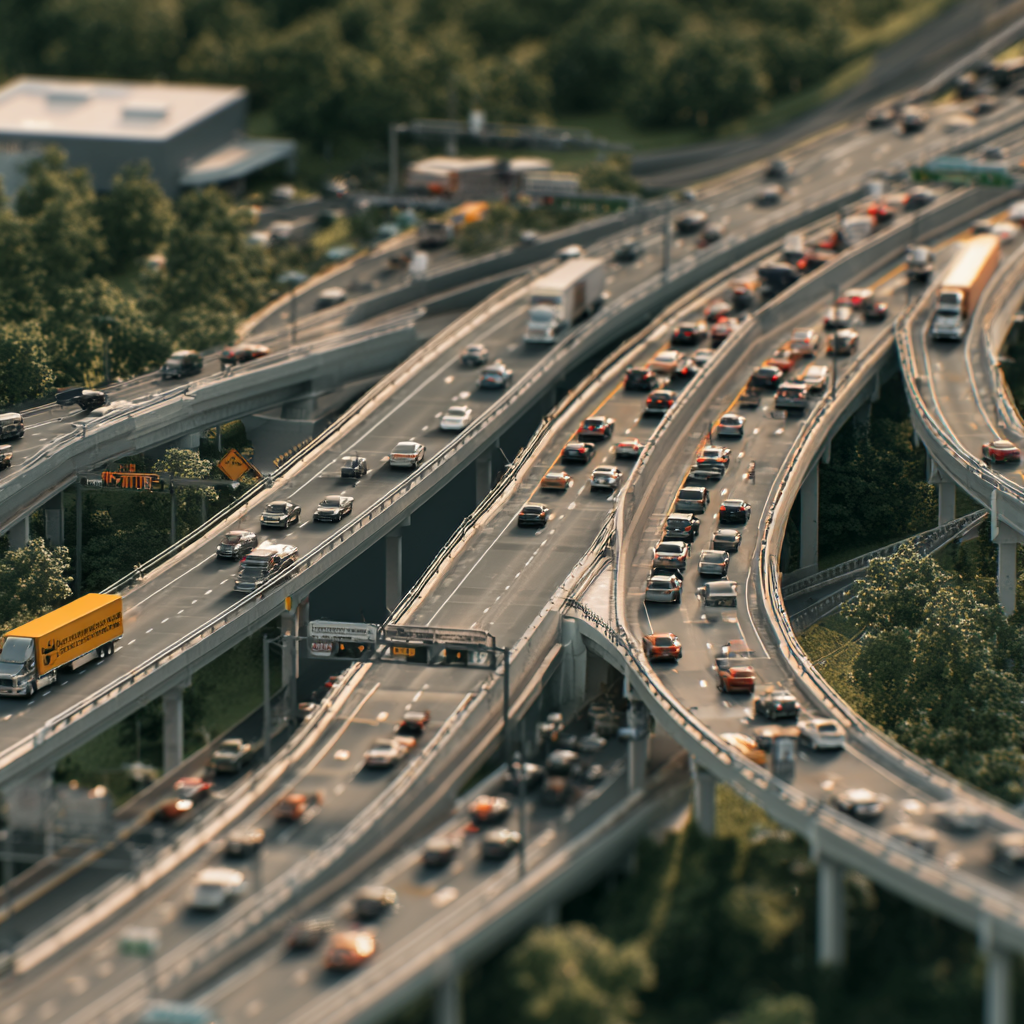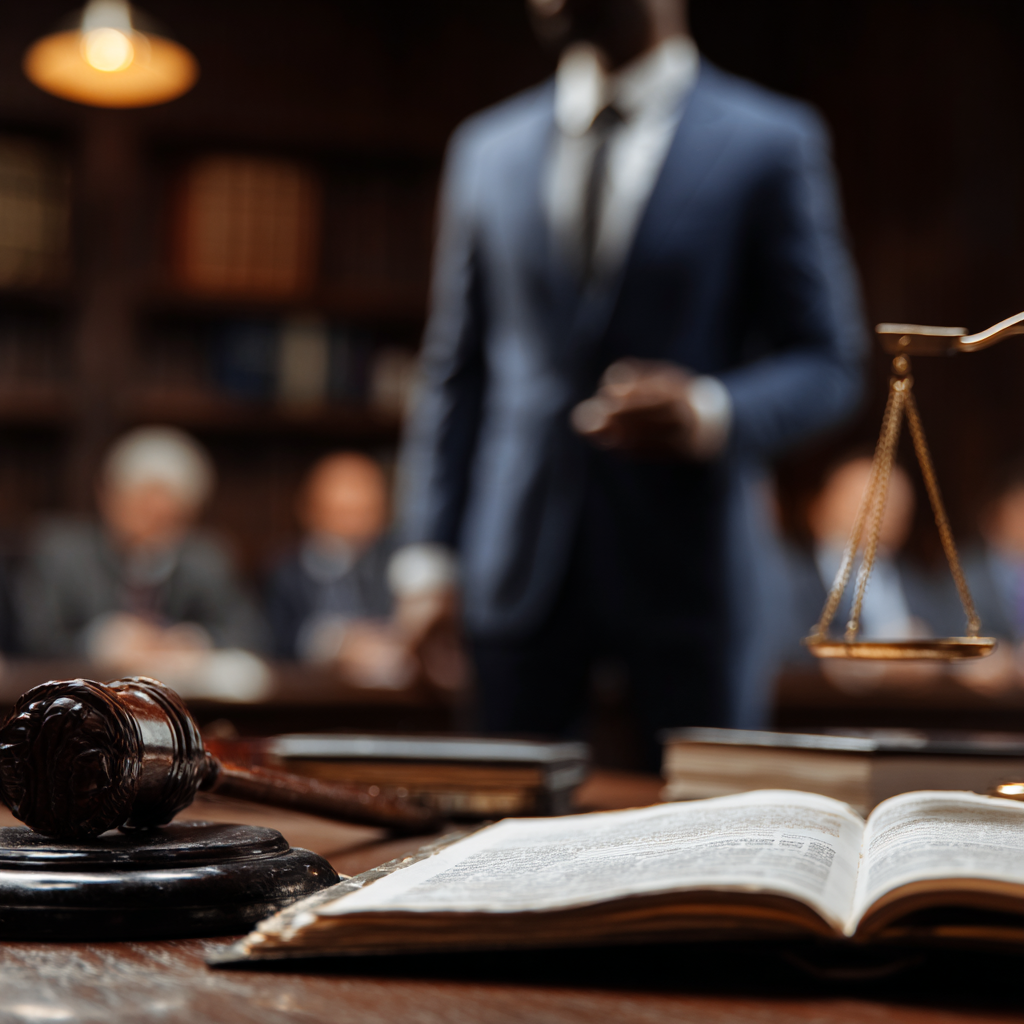
Elevators pack New York City, soaring through Manhattan’s skyscrapers and groaning in Brooklyn’s aging walk-ups. These devices cause accidents far more often than people think, and they frequently result in severe injuries. Safety records indicate that the city logs hundreds of elevator mishaps each year, ranging from minor malfunctions to fatal plunges. In a metropolis crammed with both outdated structures and modern high-rises, understanding liability turns practical— it affects anyone who steps inside one.
This subject carries real importance in New York, where masses rely on elevators daily and the state’s strict building regulations impose heavy responsibilities on owners and operators. This guide digs into essential legal principles, pinpoints who bears responsibility in incidents, and spells out actions for victims. It also touches on prevention strategies, because no one wins from litigation over something as fixable as a faulty sensor.
Stories from these cases show how a neglected repair can devastate families.
Legal Framework for Elevator Accidents in New York
New York State Labor Law anchors many claims related to elevator accidents, particularly Section 240, dubbed the Scaffold Law. Owners and contractors face absolute liability under this section for injuries linked to height and falls. Section 241 requires safe construction sites and covers elevator maintenance work. These laws enforce responsibility, even if the injured party holds some blame, though judges interpret them with caution in elevator contexts.
Building codes provide another foundation. The New York City Department of Buildings upholds standards that mandate regular inspections and adherence to protocols from organizations like the American Society of Mechanical Engineers. Property owners confront premises liability under common law principles, which compel them to keep areas safe or face consequences for negligence when harm strikes.
New York courts weigh strict liability against negligence claims. A manufacturing flaw could trigger strict liability without proof of carelessness, while negligence requires showing a violated duty. Plaintiffs generally get three years from the incident date to file personal injury suits, but claims against municipal entities often shrink that timeframe. Learn more about the statute of limitations in New York.
These regulations interlink in unexpected patterns, creating a network where one factor shapes the entire result.
Key Parties and Their Potential Liability
Building Owners and Property Managers
Building owners and property managers carry the bulk of the obligations. They perform routine inspections and address repairs promptly to keep elevators functional. If they ignore a known problem, like a fraying cable, an accident exposes them to liability.
Elevator Maintenance Companies
Maintenance contractors conduct servicing and meet industry standards. Shoddy work or ignored warnings invites lawsuits. Their contracts often specify insurance coverage, which lawyers scrutinize thoroughly.
These teams occasionally try to pin blame elsewhere, but courts frequently dismiss such defenses.
Elevator Manufacturers
Manufacturers and designers encounter product liability for defects that lead to failures or for failing to warn about hazards. They issue safety bulletins, and overlooked ones bolster legal arguments.
Government Entities
Local agencies oversee inspections, but sovereign immunity protects them except in cases of extreme negligence. This field presents hurdles.
Aging elevators spark unease, and these entities emerge as primary targets for holding someone accountable.
Common Types of Elevator Accidents and Liability Issues
Elevator cars sometimes jerk to sudden stops or plummet, panicking passengers and stemming from brake failures. Owners absorb blame for skimping on upkeep in such scenarios. Door-related injuries—like a panel slamming on a limb—often stem from defective sensors, drawing in repair firms. Find information on elevator safety from the Consumer Product Safety Commission.
Riders endure prolonged entrapment when backup systems break down, directing scrutiny at managers. Falls into shafts from malfunctioning doors horrify victims and invoke strict liability via labor laws.
Repair workers face dangers on the job, and cable breaks pull manufacturers into disputes. Each accident category brings its own liability twists, which muddles court battles.
Establishing Liability: Evidence and Legal Standards
Victims establish negligence by proving a duty breach that caused harm, but collecting evidence demands persistence. Records of maintenance reveal skipped checks. Official incident reports highlight code breaches. Witnesses recount the sequence of events.
Specialists contribute significantly. They analyze mechanical failures and pinpoint safety lapses to strengthen cases. If the injured person played a role, such as ignoring posted warnings, comparative negligence reduces compensation. Documenting the scene right away helps preserve details.
Victory sometimes hinges on building a persuasive story for jurors.
Damages and Compensation in New York Elevator Cases
Victims seek recovery for medical bills, lost wages, and emotional suffering. New York juries hand out substantial awards for serious injuries. Families file wrongful death claims after losses, obtaining funds for funeral expenses and grief.
Accidents on the job activate workers’ compensation for basic support, but lawsuits against third parties can yield bigger recoveries. Settlements vary widely—major incidents climb into six figures—though insurance caps constrain amounts.
Injured individuals should advocate for equitable settlements, as resolutions demand patience but provide meaningful relief.
Prevention and Risk Management
Property owners cut risks through consistent maintenance and detailed documentation. They educate tenants and visitors on simple practices, like steering clear of forcing doors.
Effective emergency protocols feature reliable communication tools. A basic compliance list includes inspections, contracts, and training exercises. Explore resources available from the Elevator Escalator Safety Foundation.
Everyday precautions ward off troubles.
Conclusion
Liability for elevator accidents in New York draws from solid statutes, responsible parties, and solid evidence, all shaped by the city’s vertical sprawl. Victims of an incident need to consult an attorney promptly to steer through the steps.
Plenty of resources exist for both victims and owners via personal injury experts, including The Law Office of Jason Tenenbaum, P.C., which handles these matters along with employment disputes—contact them at 516-750-0595. Upcoming changes might introduce tighter regulations and better technology, but the legal structure will adjust accordingly.
Prioritizing safety beats arguing in court. Stay alert when you ride.









